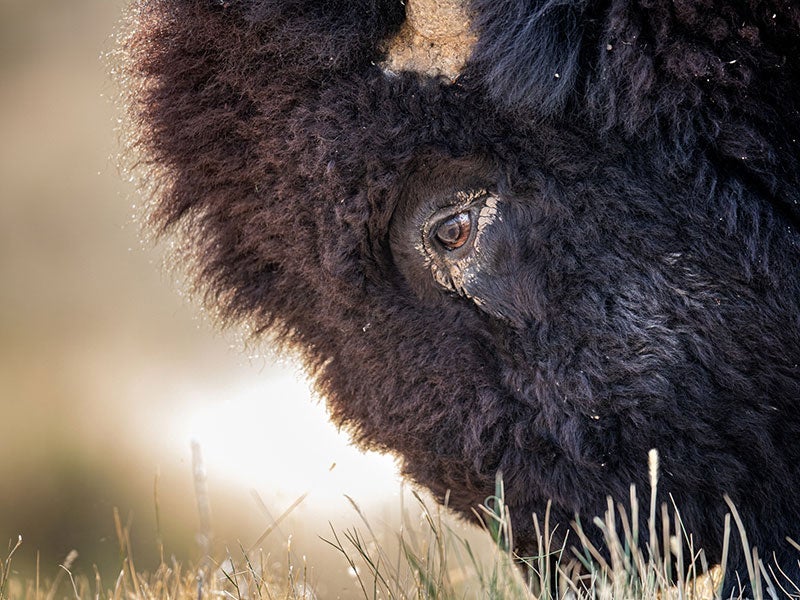Protecting Healthy Elk & Bison in Wyoming
Clients
Regional Office / Program
Case Overview
Each winter, the federal government feeds approximately 8,000 elk and 900 bison, or buffalo, on the 24,700-acre Jackson Hole National Elk Refuge in northwest Wyoming. This winter feeding program began in 1910 after growing human development in the Jackson Hole region intruded on winter ranges for native wildlife, and has continued ever since. Now, however, it has become apparent that crowding of elk and bison on winter feed lines — like crowding of children in a kindergarten class room — exposes the animals to a high danger of disease transmission. Already the fed elk and bison are widely afflicted with brucellosis, a disease that causes female animals to abort their calves. Even worse, crowding on the refuge feed lines exposes the elk to a high risk of contracting chronic wasting disease, the elk equivalent of “mad cow” disease, which is always fatal and which has steadily been moving northwest in Wyoming toward the Jackson Hole area over the past several years.
Despite these wildlife disease threats, the U.S. Fish and Wildlife Service decided in 2007 to continue winter feeding of elk and bison for the foreseeable future, rather than to embark on a new plan that would seek to return these animals to their native winter range. In making this decision, the agency deferred to the wishes of local hunting outfitters, who want high elk numbers for their clients, and local ranchers, who wish to keep the elk away from forage that is now used to graze cattle. But the law governing the National Wildlife Refuge System requires the Service to maintain “healthy populations” of wildlife for the benefit of present and future generations of all Americans, not to maintain feedgrounds that perpetuate wildlife disease for the benefit of a few local interests. Earthjustice filed a lawsuit in June 2008 to enforce this law.
Case Updates
Case page created on July 1, 2008.
